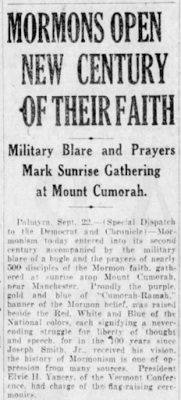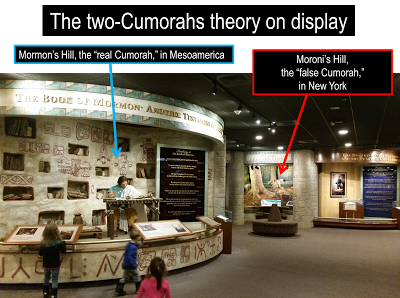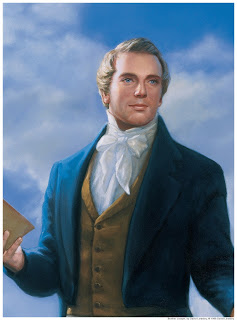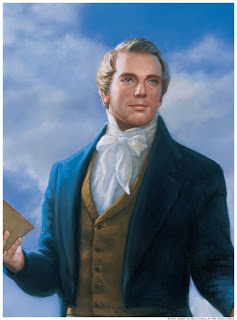 Joseph Smith was born on December 23, 1805. This was the day after the winter solstice that year; i.e., Joseph was born on the day after the shortest, and darkest, day of the year.
Joseph Smith was born on December 23, 1805. This was the day after the winter solstice that year; i.e., Joseph was born on the day after the shortest, and darkest, day of the year. Beautiful symbolism for the light he helped bring to the Earth and all of humanity.
It’s up to each one of us to help bring light to the Earth through the our actions and words.
I hope we each take a moment today to think about whether we’re adding light or extinguishing it.




